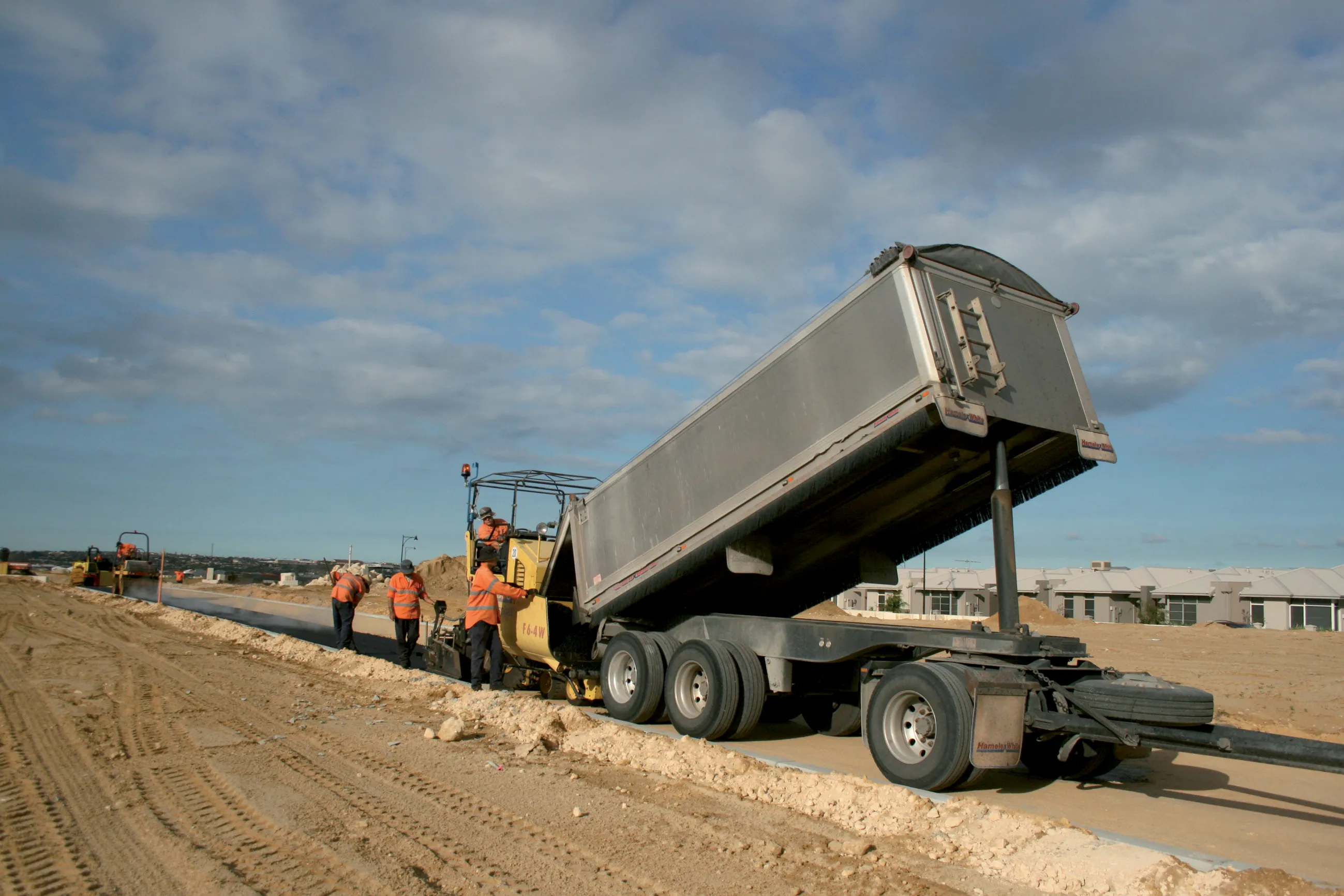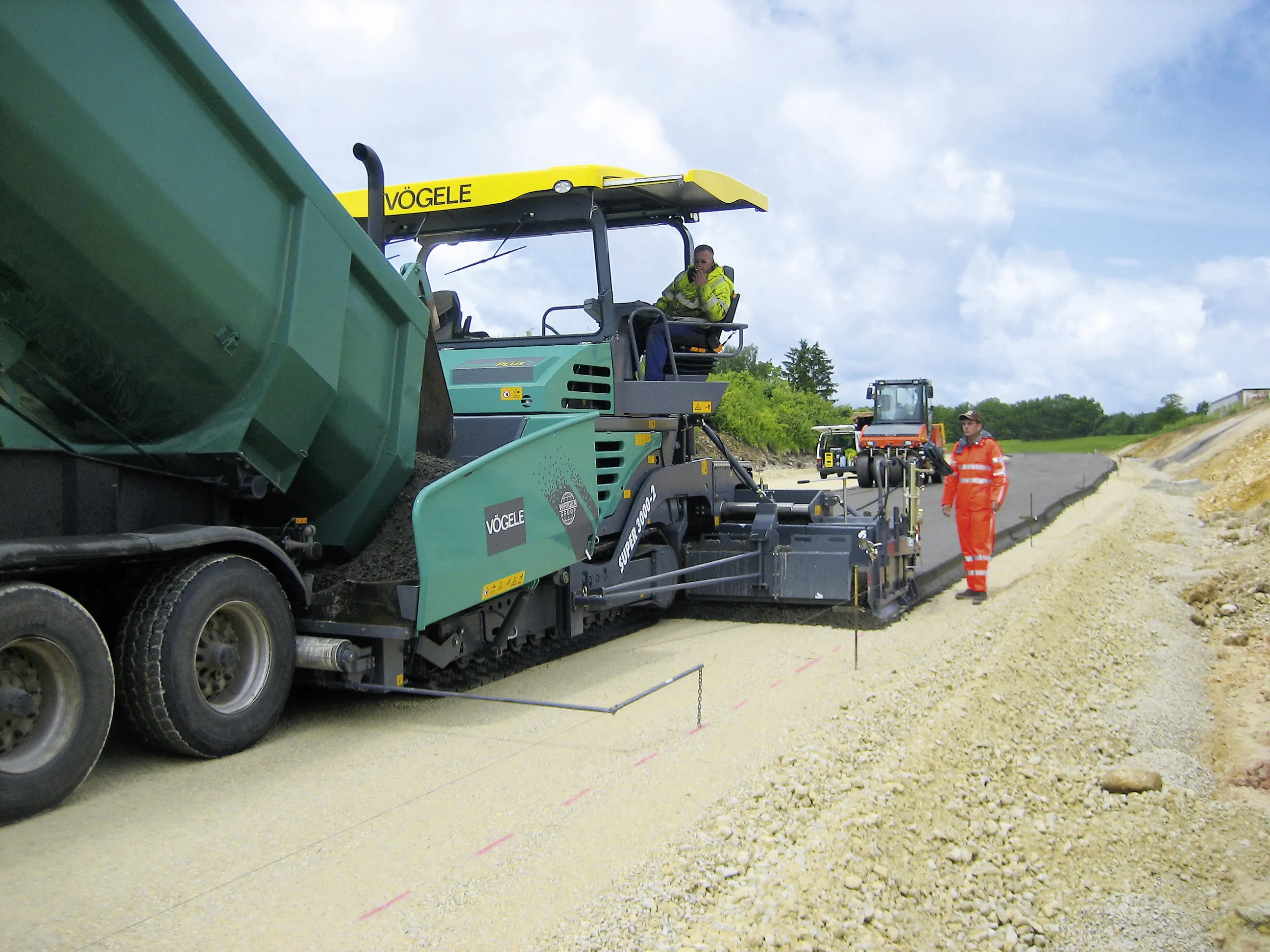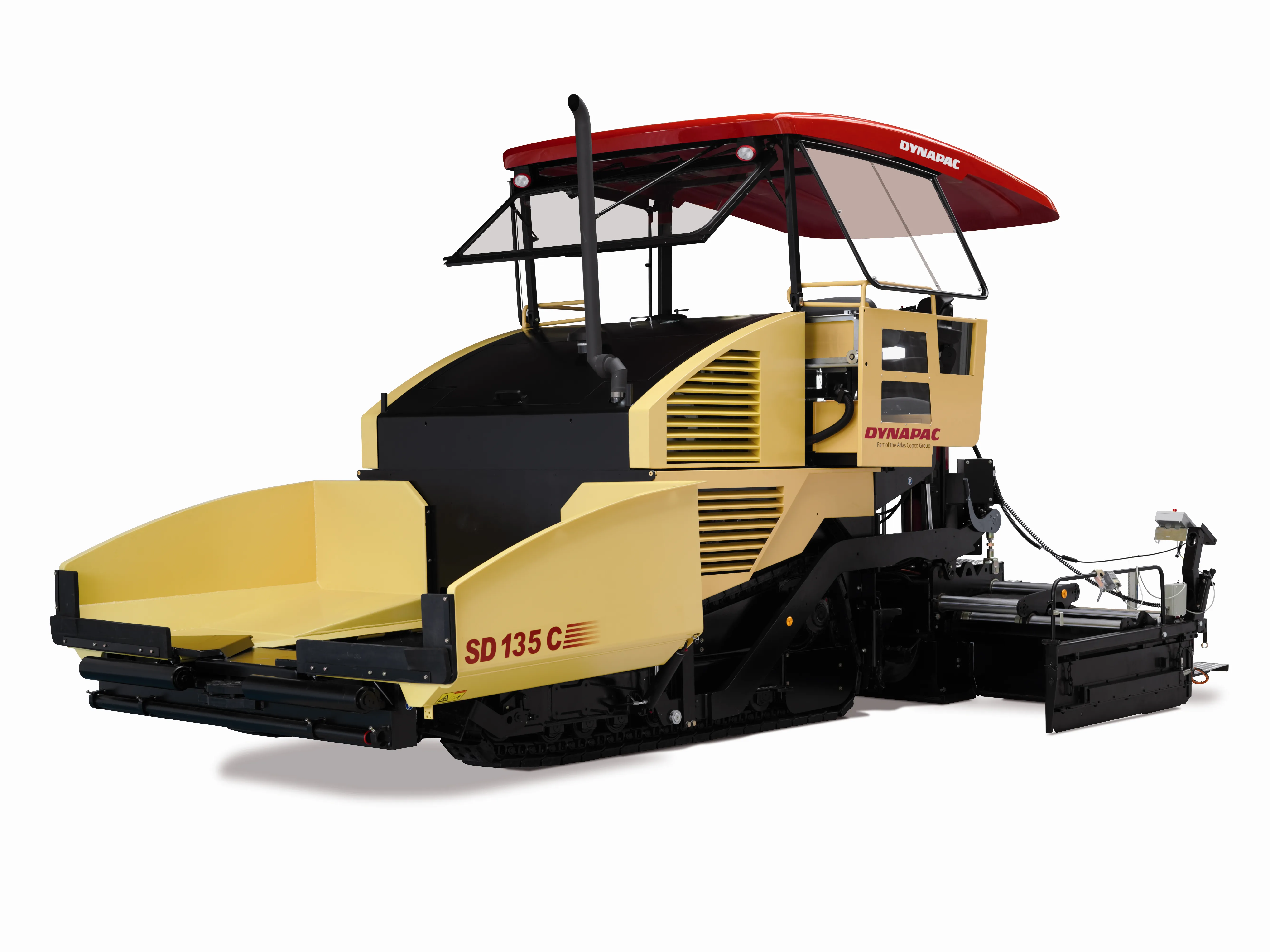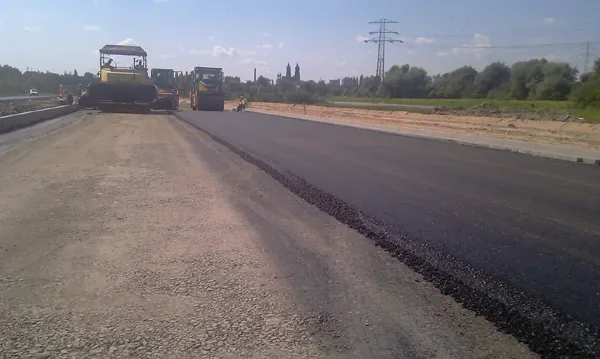Paving operations in Perth, Western Australia, are being aided by Dynapac's productive and versatile F6-4W, which is paving links for new suburbs to meet the latest surge in population. The machine is working for specialist contractor BGC Asphalt and is laying roads in the remaining sub-divisions of Ridge Wood in Brighton, to the north of Perth.
February 7, 2012
Read time: 2 mins

Paving operations in Perth, Western Australia, are being aided by 206 Dynapac's productive and versatile F6-4W, which is paving links for new uburbs to meet the latest surge in population. The machine is working for specialist contractor BGC Asphalt and is laying roads in the remaining sub-divisions of Ridge Wood in Brighton, to the north of Perth. BGC's latest contract, sub-contracted by earthmoving specialist RJ Vincent, required laying 6,000m² of asphalt over three days. A 40mm base course with 14mm aggregate was topped by a 2mm wearing course, both sitting on a 200mm limestone sub-base.
Working with the Dynapac paver on the job were a CP142 pneumatic tyred roller and a CC142 twin drum compaction roller. Across the sub-division, roads are generally designed as 5.5m wide with 2.2 m wide parking bays. Outside the sub-division main roads can be 6m or 7.4m wide.
According to the contractor, the Dynapac paver is highly versatile as screed extensions allow it to be used for a wide range of widths. Power comes from a Deutz diesel engine, rated at 52kW, driving through four wheels and with an integrated anti-spin system to maximise traction. The machine can provide a maximum placement thickness of 270mm and offers a capacity of up to 250tonnes/hour. On the sub-division contract the paver has been followed by two vibratory passes from the CC142 and multi-passes with the CP142, and the CC142 was then used for two final vibratory passes.
Meanwhile, good use is being made of a new LF-series compacting plate supplied by Dynapac, which is being used by the Town of East Freemantle Council as part of a fleet upgrading programme. The council, south of Perth, Western Australia, is one of the state's smallest, and it covers an area of just 3.1km² of predominately tree-lined avenues. The roots of the native trees are a problem, meaning constant repairs to the pavements. The pavements had been concrete but it was decided to replace them with asphalt paving as this is quicker to repair.
The new LF75 75kg class forward plate replaces an older American brand plate, and is powered by a Honda GX160 petrol engine and features a 50mm plate width.
A key feature for Australia's market is the vibration reducing handle which greatly reduces hand transmitted vibrations.
Working with the Dynapac paver on the job were a CP142 pneumatic tyred roller and a CC142 twin drum compaction roller. Across the sub-division, roads are generally designed as 5.5m wide with 2.2 m wide parking bays. Outside the sub-division main roads can be 6m or 7.4m wide.
According to the contractor, the Dynapac paver is highly versatile as screed extensions allow it to be used for a wide range of widths. Power comes from a Deutz diesel engine, rated at 52kW, driving through four wheels and with an integrated anti-spin system to maximise traction. The machine can provide a maximum placement thickness of 270mm and offers a capacity of up to 250tonnes/hour. On the sub-division contract the paver has been followed by two vibratory passes from the CC142 and multi-passes with the CP142, and the CC142 was then used for two final vibratory passes.
Meanwhile, good use is being made of a new LF-series compacting plate supplied by Dynapac, which is being used by the Town of East Freemantle Council as part of a fleet upgrading programme. The council, south of Perth, Western Australia, is one of the state's smallest, and it covers an area of just 3.1km² of predominately tree-lined avenues. The roots of the native trees are a problem, meaning constant repairs to the pavements. The pavements had been concrete but it was decided to replace them with asphalt paving as this is quicker to repair.
The new LF75 75kg class forward plate replaces an older American brand plate, and is powered by a Honda GX160 petrol engine and features a 50mm plate width.
A key feature for Australia's market is the vibration reducing handle which greatly reduces hand transmitted vibrations.








